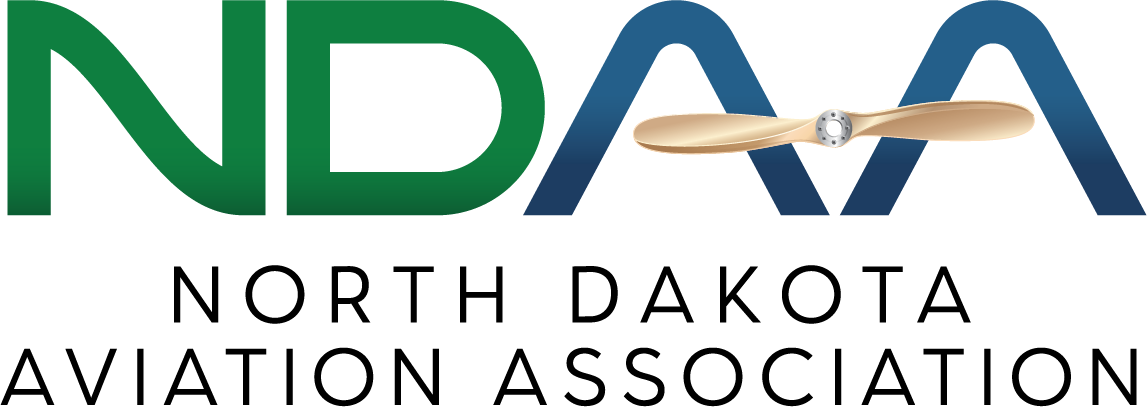
When learning how an airplane achieves flight, one of the first things we learn about is the Four Forces of Flight. Lift, weight, thrust and drag are needed to be controlled by the pilot in order to achieve successful flight. The four forces can also be used to describe the path to a successful career in aviation. I will use the example of a career as a pilot, but I believe that these four forces will be applicable to most if not all careers in aviation.
Lift = Knowledge and Experience
Much like an aircraft needs the combination of Bernoulli’s principle and Newton’s Third Law to generate lift, achieving lift in your career can be attributed to a combination of knowledge and experience. I am often asked, “Should I attend college if it is not required to become a pilot?” I typically answer that adding knowledge through a collegiate program will almost certainly benefit you long-term. Initially, it may be faster and/or cheaper to obtain the experience needed to be hired as a pilot without attending post-secondary education, but in the long term you will be in a pool of other pilots with similar experience. It is the knowledge obtained through a degree program that may help set you apart from other candidates. Typically, the higher degree obtained the better off you will be. Remember, not all collegiate programs are created equal. While the core knowledge needed to obtain a pilot certificate, or many of the other classes, may be similar, knowledge may also be quality of the training fleet, and standardization, and especially industry relationships. While one school may give a minimum knowledge needed to move on, another may give you access to industry relationships, which will help you succeed faster. I have written previously about the importance of a personal learning network. Remember the WHO you know may be just as important as the WHAT you know.
Experience may be more like Newton’s Third Law: for every action there is an equal and opposite reaction. Employers will have requirements, such as a minimum number of hours, or other experience requirements. Again, the more experience you have, the better! Add your knowledge and experience and you are sure to obtain more lift!
Thrust = Motivation
Motivation is like the thrust on the aircraft. Remember, it is excess thrust that causes lift. While some aircraft have bigger engines and some smaller, only you can determine the size of your engine. The more motivation or thrust you have, the easier it is to generate lift. Students who show motivation will have a much easier time building relationships, studying for tests, and getting to the airport to fly. This motivation will shine and before you know it, you will develop more personal relationships and your career path will become easier. Students who are motivated tend not only to score better on knowledge exams, but also find themselves with many more opportunities. Scholarships, internships, and other experiences tend to find their way to motivated individuals. Remember, only you can determine how big your engine is! Just as engines require fuel, oil, and maintenance, it helps to surround yourself with people who will motivate you. Joining aviation organizations such as the North Dakota Aviation Association (NDAA), Aircraft Owners and Pilots Association (AOPA0, Experimental Aircraft Association (EAA), Civil Air Patrol (CAP), American Association of Airport Executives (AAAE), and others will help keep you fueled.
Drag = Personal/Medical
Drag: nobody likes to talk about it, but it is there. Something is holding you back. Just as in an aircraft, there are two forms of drag: parasitic, the drag caused by going faster, and induced drag, the bi-product of lift. Personal factors, such as past medical history, or not being in a community close to an airport are the personal “aerodynamics” that we must live with. As you gain momentum in your career path, it may seem more and more difficult to go faster. Remember, motivation is the thrust that is needed to overcome drag. Much like parasite drag is caused by the shape of the aircraft, each of us has different levels of being “aerodynamic”.
Induced drag is an inevitable consequence of lift. As your motivation increases, you may become physically and mentally worn out. You may struggle to find more fuel or money to keep flying, amongst other factors. Remember to stay ahead of the power curve. Try to plan ahead so these factors are not holding you back right after you begin your takeoff roll.
In most cases, personal factors can be overcome. I would like to remind students that even if there is so much personal drag that motivation cannot overcome it, such as a medically disqualifying factor, there is still a career for you in the industry. I encourage you to talk to an Aviation Medical Examiner (AME) before deciding you are unable to fly. They may be able to help you overcome the issue. In most cases, putting in some additional effort may help you overcome the drag that you naturally have. In any case, don’t give up. Many other careers in aviation exist other than being a pilot. Consider Unmanned Aircraft Systems (UAS), Air Traffic Control (ATC), maintenance technician, airport management, or the many other paths to a career in aviation.
Weight = Luck
While the weight of an aircraft is relatively fixed, you may find yourself with a different amount of luck than one of your peers. While some students have a natural advantage, we all come with different levels of baggage. Luck is the only one of the four forces of flight which you have little influence over. A great quote that holds true in many cases is “The harder I work, the luckier I get”. While you may have the least control over the weight of the aircraft or how lucky you are, you do have some control on how much baggage you bring on the journey or where you place it in the aircraft. My tip for you: remember, lift opposes weight and excess thrust creates lift. Remember that with a little bigger engine, or with a little more motivation, your career in aviation can and will take flight.
Flight Planning
In addition to getting the hypothetical aircraft in the air, flight planning is a critical step in your career. While some students choose to take a jet on a direct course to their destination, this takes quite a bit of lift to get to the higher altitudes and a lot of additional thrust to get the aircraft moving. Some students will take a J-3 Cub approach: it may take a little longer to get there, but in the end, the destination is the same and it will take a lot less lift and thrust. There is no wrong path. For some students, the best answer is low and slow and many refueling stops along the way, for others, a direct path with a high-altitude view. Whatever your course, whatever aircraft you choose to fly, and wherever your destination, I hope that the advice mentioned above will help you get there. As always, please feel free to contact me to assist in your career flight planning.
 Mike McHugh, Aviation Education Coordinator
Mike McHugh, Aviation Education Coordinator
North Dakota Aeronautics Commission
701-328-9650 | mmchugh@nd.gov
